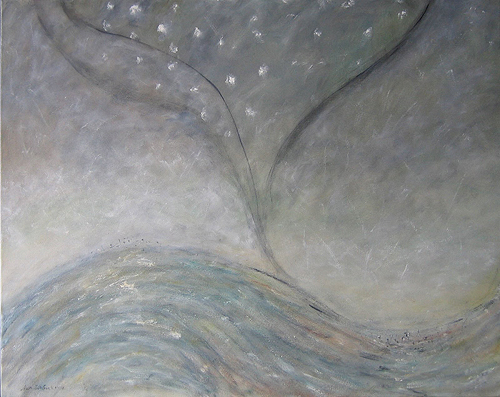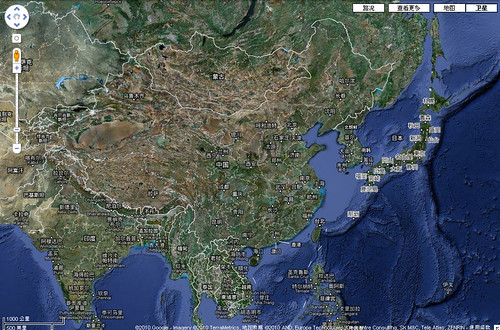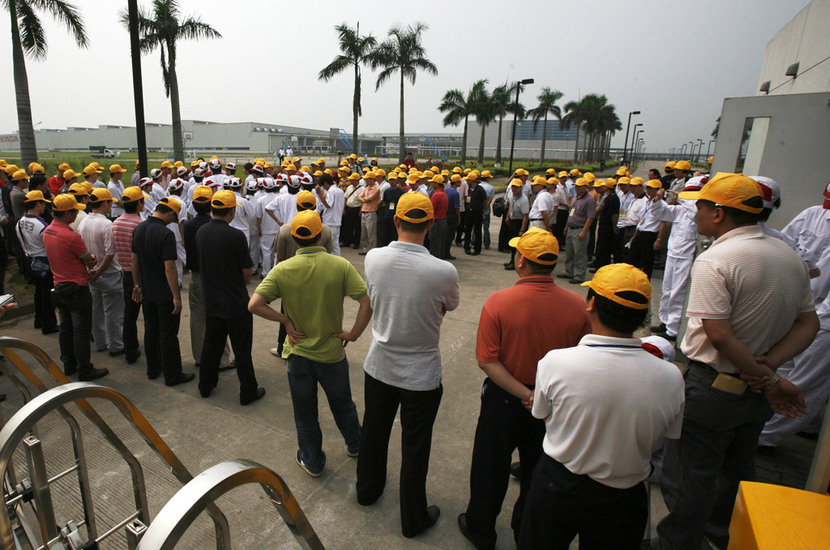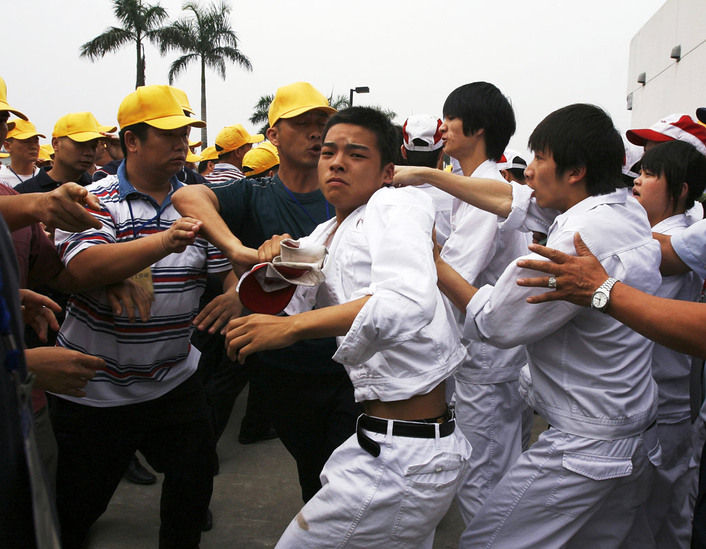Tai Chi practitioners in China most treat it as a form of exercise, no much different than our jogging, bicycling and swimming. Of course, there are right postures and wrong ones, but the attitude towards orthodox and correctness is rather cavalier.
While in the US, it is a serious business and people are mostly dedicated to the forms and trying hard not to err.
I see this as a cultural difference. Chinese people tend to be utilitarians and as long as their arms and legs got stretched, they are satisfied, and would not care much about the tradition and inner meanings of the form. Always serious American practitioners on the other hands are much more respectful to the ancient forms.
在我看来,大多数在美国练习太极的人都是远比那些在中国的人认真。
在中国练习太极的人大多把它当作锻炼,比我们的跑步,骑自行车和游泳没有不同。当然,太极有正确的和错误的姿势,但他们对太极地正统性相对来讲很不在乎。
在美国练习太极是一个严肃的事情,人们对太极地形式很专注,努力不犯错误。
我认为这是文化差异所致。中国人民往往是功利主义者,只要他们的手臂和腿活动够了,他们就满意,而并不在乎传统和各种姿态的内在含义。另一方面,很认真的美国人则更为看重的古老形式,对太极充满敬意。








